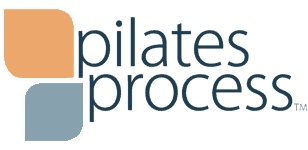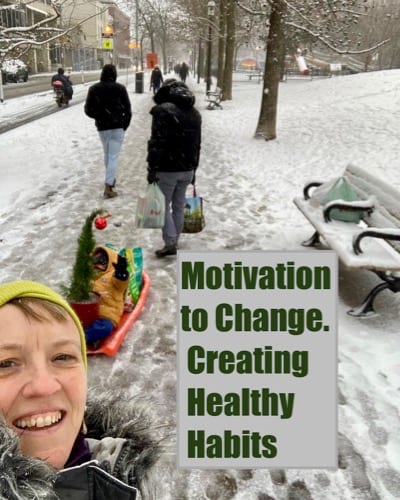The Process of Improving Habits.
There are a million studies on health and well being and they all reach the same conclusions.
Eat your vegetables. Move a lot. Meditate. These pillars haven’t budged in decades.
When we look at the research on how to effectively alter our habits, the formula for success doesn’t seem to change much either. There are four constant recommendations.
- choose small, manageable goals to create incremental change.
- find exercise/activity that you like a lot (or at least hate the least).
- create friction (small obstacles) where you want to lessen habits.
- create ease where you want to increase habits.
Friction is about making it harder to access the things you want to minimize. (I for one, would be a disaster with a wine cellar at home or an espresso machine at work).
Make it easier to access what you want to move towards. From pre packing a gym bag to setting out workout clothes the night before a morning Pilates session these small gestures make it more likely that we’ll stick to our plans. Like many suggestions, these almost seem too simple to make a difference but research shows that we can all be easily swayed.
It’s about coaxing and nudging change, not forcing.
It’s clear why New Year’s Resolutions usually fail. The grand idea of self transformation and the drama of reinvention can’t carry us through the 1000 mundane moments it takes to create significant change. Whether it’s walking to the gym in the rain or putting down a great book to do a HIIT workout, the reality of healthy habits rarely holds the glamour and grandness of the New Year’s resolution moment.
The good news with fitness is that moving more will make you want to move more so it does get easier. Make it even slightly harder to access what you’re aiming to lessen, and keep returning to the path of positive change. And of course. Eat your vegetables
by Laura Helsel Gauthier
Pilates Process™ director
Author, Teacher, Writer, Presenter

